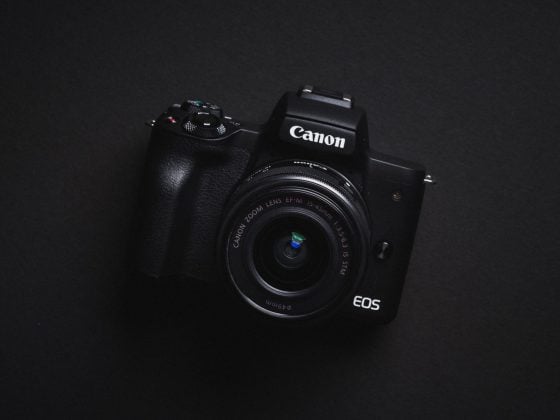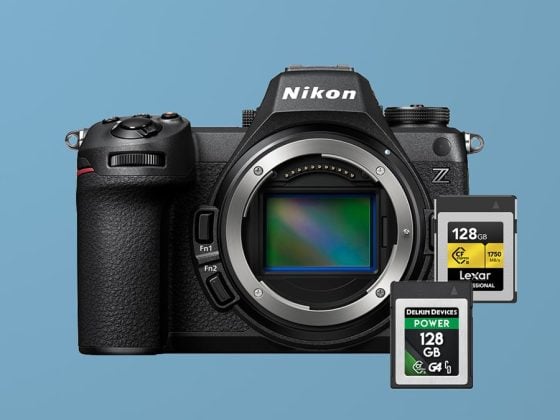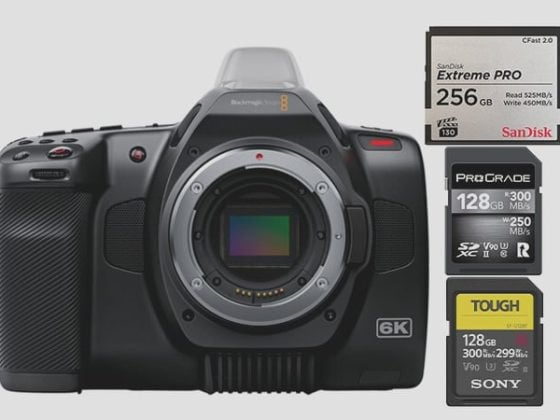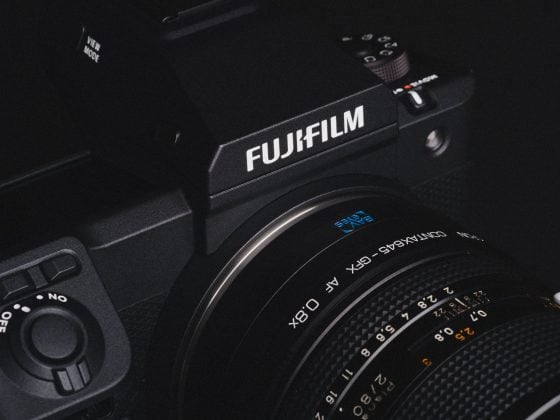A detailed comparison between SD memory card performance. Each card has been tested in-camera to find the best memory card for the Nikon P1000.
A great feature of the Nikon P1000 besides the 4k video is the camera now allows you to shoot RAW the previous model only shot JPG and only had 1080p video, which means you now need to be a little more careful about which memory cards you buy.
Memory Card Speed Test
The Nikon P1000 camera has a very small buffer of about 150MB that will be filled much quicker when shooting RAW. Here are the results from doing the in-camera buffer test.
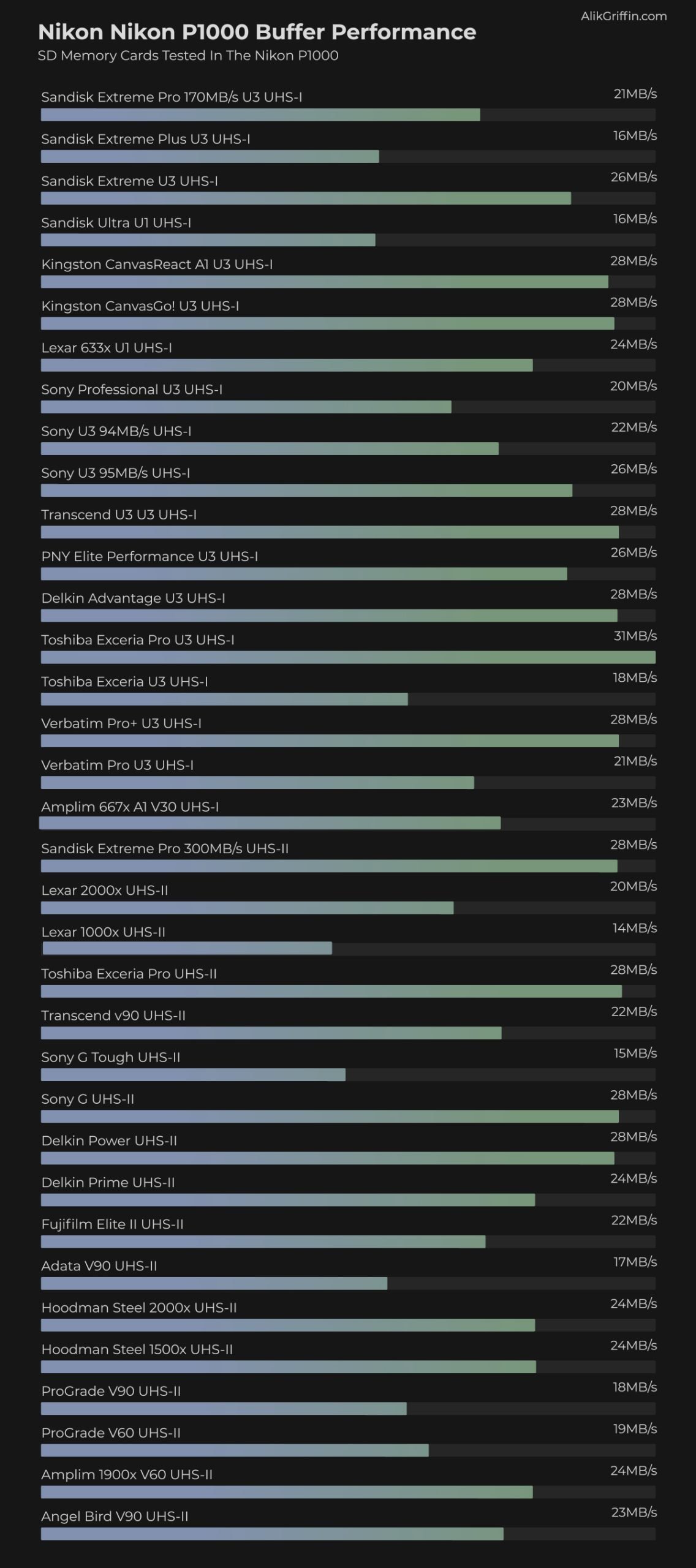
You can see from the test that UHS-II didn’t offer any advantage as the Nikon P1000 is a UHS-I-capable camera. UHS-II cards would only benefit files to a computer.
Recommended Memory Cards For The Nikon P1000
The top-performing memory cards in the Nikon P1000 were the Kingston cards and the Transcend cards. Although the Sandisk card performed a little behind some of the other cards when testing this camera, their newest cards have been great, so I’ve included them in the recommendations.
Kingston CanvasGo! Plus UHS-I 128GB SD Card
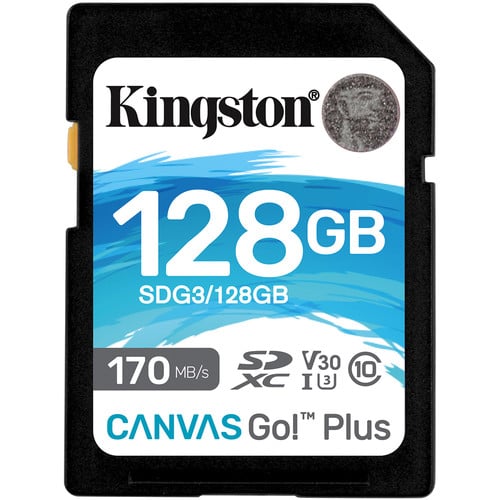
Kingston CanvasGo! Plus SDXC UHS-I SD cards 128GB or higher have a rated write speed of 90MB/s and a rated read speed of 170MB/s.
Rated Write Speed: 90MB/s
Rated Read Speed: 170MB/s
Rated Sustain: 30MB/s
Transcend Ultra 340s UHS-I 128GB SD Card
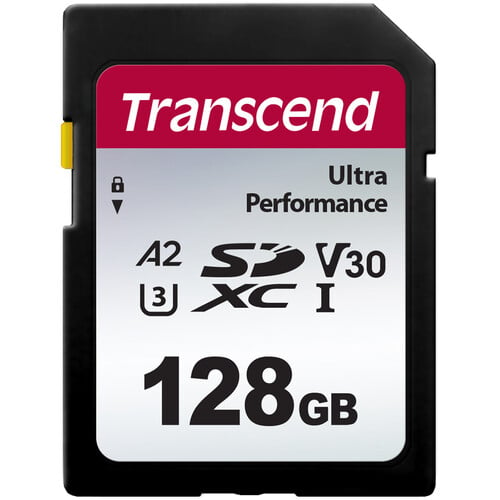
Transcend Ultra 340s UHS-I SDXC SD cards at 128GB or higher have a rated write speed of 90MB/s and a rated read speed of 160MB/s. The lower-capacity cards are slower.
Rated Write Speed: 90MB/s
Rated Read Speed: 170MB/s
Rated Sustain: 30MB/s
Sandisk Extreme Pro UHS-I 128GB SD Card
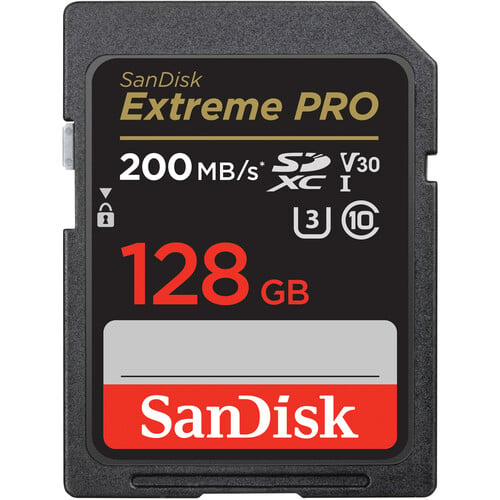
The Sandisk Extreme Pro UHS-I SDXC Memory Card at 128GB is rated with a 90MB/s write speed. The 256GB and larger cards are rated at 140MB/s.
Rated Write Speed: 90MB/s
Rated Read Speed: 200MB/s
Rated Sustain: 30MB/s
| Nikon P1000 |
| Sensor: 16MP BSI CMOS Sensor |
What Size Memory Card To Buy
In my years of shooting, I’ve found 64GB size cards to be pretty much perfect. The Nikon P1000 doesn’t create huge RAW files so it will take you a while to fill a 64GB card. However, with the price of cards being so affordable now, it’s a good idea to start with a 128GB card.
Nikon P1000 Best Memory Card For 4k Video
Now that the Nikon P1000 shoots 4k video you will have to be a little careful not to use a card that is too slow.
4k will shoot with a bitrate somewhere around 90 to 100mbps.
This means you’ll need a memory card that is rated to at least provide a minimum write speed of 10-12MB/s. This should rule out buying U1 cards.
U1 cards or Class 10 are only rated to maintain a maximum write speed of 10MB/s.
Buy U3 cards, v30 or v60 cards.
U3 cards are rated to maintain a maximum bitrate of 30MB/s. This will be enough to maintain the data stream of the Nikon P1000 4k video.
Best Memory Cards For The Nikon P1000 | Conclusions
The Nikon P1000 took an amazing step in the right direction by enabling RAW shooting, pairing that with the amazing lens and 4k video and it’s now this extremely powerful superzoom camera. The versatility is almost unlimited.
Stick with a good SD UHS-I U3 memory card and your P1000 will give you amazing results for the years to come.
| **This website contains affiliate links. We will earn a small commission on purchases made through these links. Some of the links used in these articles will direct you to Amazon. As an Amazon Associate, I earn from qualifying purchases. |

